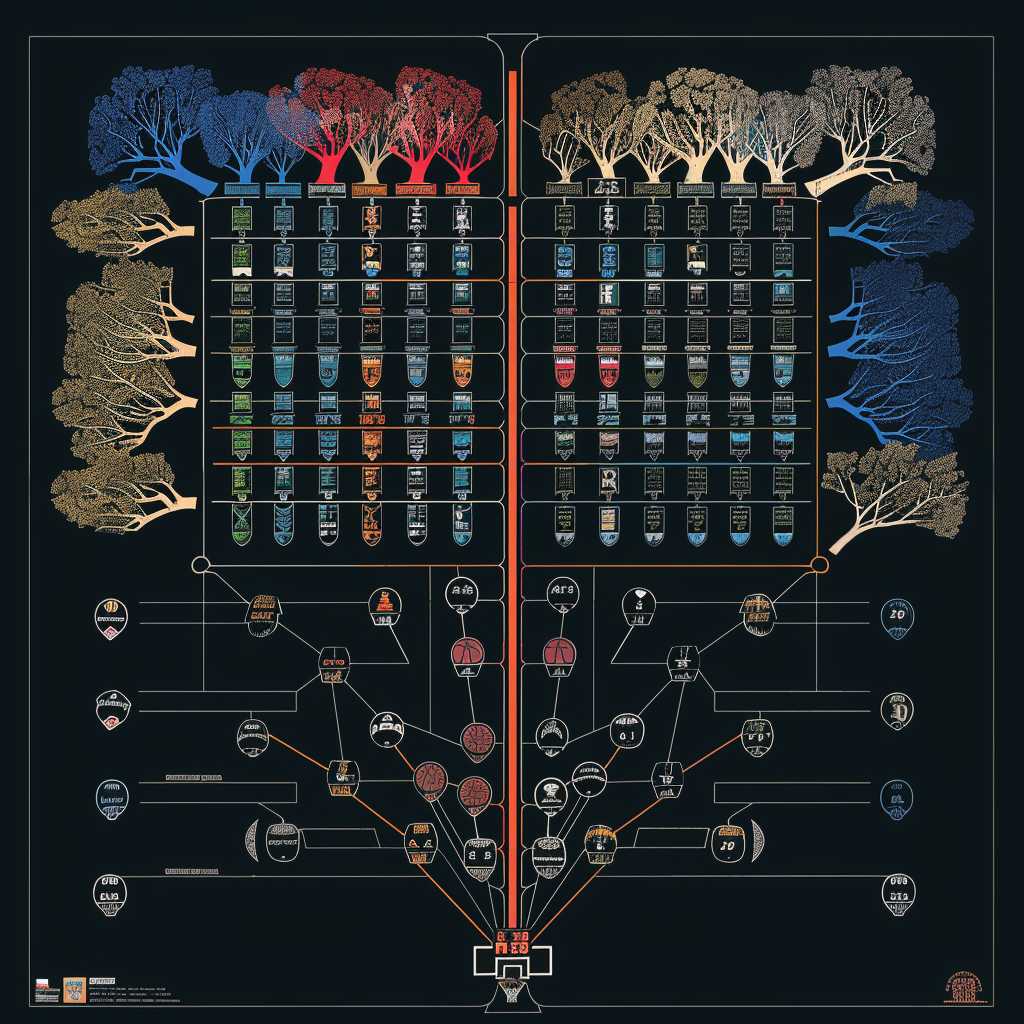Understanding the National Invitation Tournament (NIT) Bracket: A Comprehensive Guide
The National Invitation Tournament (NIT) is an annual college basketball competition in the United States. Often overshadowed by the NCAA Tournament, commonly known as “March Madness,” the NIT still holds significant historical importance and provides teams an opportunity to showcase their skills on a national stage. The NIT bracket is the framework used for organizing the tournament’s matchups and progression. In this article, we will dive into the intricacies of the NIT bracket, its structure, selection process, and significance within college basketball.
The History and Significance of the NIT
The NIT was established in 1938, one year before the NCAA Tournament. Initially, it was the more prestigious of the two, drawing considerable attention in the world of college basketball. Today, while it may no longer be regarded as superior to the NCAA Tournament, the NIT retains its value, providing exposure and postseason experience to deserving teams that did not make it into “March Madness.” Participation in the NIT is considered an honor and a chance for teams to prove themselves against solid competition.
Understanding the NIT Bracket Structure
The NIT bracket consists of a tournament field typically comprising 32 teams. These teams are chosen through a selection process that considers season performance metrics such as win-loss record, strength of schedule, quality of wins and losses, and conference tournament outcomes.
Selection Process: Choosing the Teams
Each year, a selection committee is tasked with filling the NIT bracket with teams that have shown potential during their respective seasons. Teams that win their regular-season conference titles but do not win their conference tournaments earn automatic bids to the NIT if they are not selected for the NCAA Tournament. The remainder of the field is chosen at-large based on their body of work throughout the season. The committee also seeds teams from one to eight within four separate regions.
Tournament Proceedings: From Start to Championship Game
Once finalized, the NIT bracket fosters single-elimination competition. Teams play within their regions in predetermined matchups with higher-seeded teams generally awarded…
The Importance of Seeding in Matchups
In NIT bracketology, seeding is crucial as it often determines home-court advantage, particularly in initial rounds where games are held on-campus at higher-seeded schools’ venues. Seeds also reflect the committee’s view on team strength – higher seed denotes higher regard in terms of performance over the season.
Road to Madison Square Garden: The Path to New York City
A unique feature of the NIT is that its final rounds are traditionally held at Madison Square Garden in New York City. This culminating championship destination adds luster, creating aspiration for participating teams.
Modifications Over Time: Evolution of Bracket Size and Rules
The NIT bracket has seen many changes throughout history – from adjustments in team selection criteria to tournament expansion. Originally starting with only 6 teams in 1938 and later evolving into a 40-team landscape, the NIT eventually settled on a 32-team makeup to maintain a competitive balance and sustain interest.
Key Differences Between the NIT and NCAA Brackets
While both tournaments feature bracket-style formats, some differences exist:
– NCAA Tournament usually engages 68 teams while the NIT features 32.
– NCAA Tournament games play at neutral sites from start to finish; early-round NIT games happen at university campuses.
– Factors influencing selection for each tournament differ slightly owing to distinct priorities.
Impact on College Basketball Nationally
The prestige of winning the NIT bracket may not equal that of procuring an NCAA title; however, victories can signify program momentum and attract future recruits eager for postseason play opportunities.
Notes
Conclusion: The Role of The NIT in Shaping College Basketball Futures
While it doesn’t hold the same glory as its counterpart, claiming victory in the National Invitation Tournament can foreshadow future success for programs looking to establish themselves nationally. The NIT represents a realm of possibility where senior players bid adieu by making meaningful runs and younger cohorts gain invaluable postseason play experience. Understanding the intricacies of the NIT bracket offers insight into dye Slot a sorority dies I b6 basketball’s depth beyond what we witness during “March Madness.”
*Image description: A visual representation of a typical 32-team National Invitation Tournament (NIT) bracket, filled in with names of colleges/universities showing diverse matchups in early-round play leading up to finals.*
